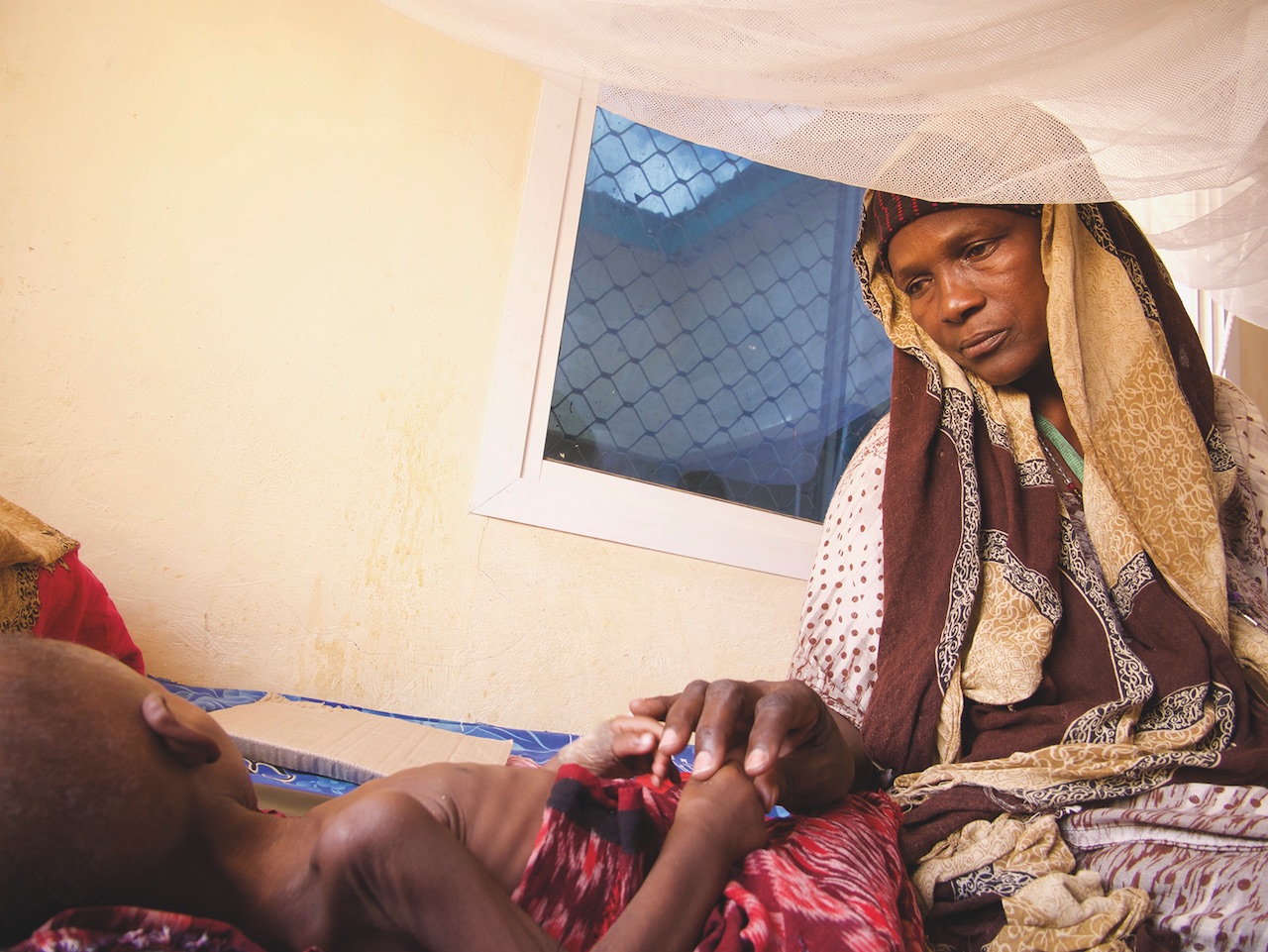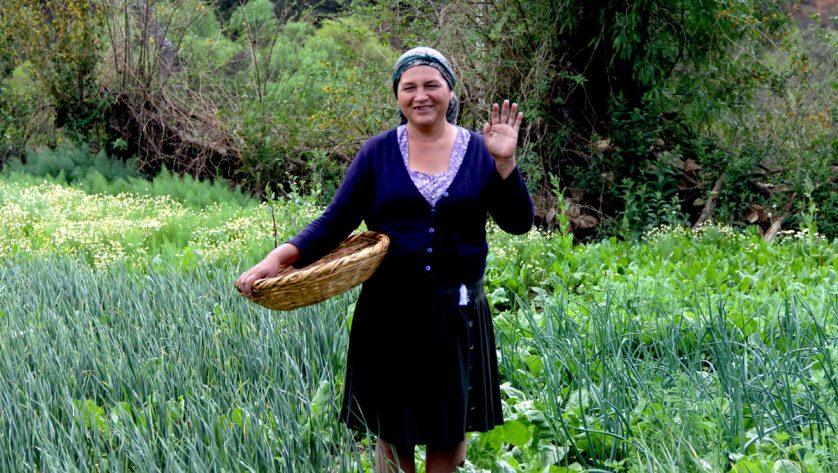A complex, complementary response
Doing so in a situation as complex as the one in Somalia, however, is no simple task. Fortunately, the Somali Red Crescent Society and other Movement partners have long-standing operations in the country and could, therefore, respond in a complementary manner as the drought unfolded, focusing on areas with few if any humanitarian actors on the ground.
The ICRC, for example, has nine established offices in Somalia, six of which have warehousing capacity. The ICRC supports 76 Somali Red Crescent health facilities, more than 40 mobile clinics, four hospitals and two stabilization centres in Biadoa and Kismayo. It is also helps sustain 20 primary healthcare centres, eight Somali Red Crescent Society mobile clinics and 19 outpatient therapeutic centres.
The IFRC and partner National Societies provide support to Somali Red Crescent Society mobile clinics and, from the IFRC offices in Somaliland, organize water, sanitation and hygiene efforts, as well as provide shelter relief items. They also deploy a cholera treatment centre, among other things.
This kind of complementary action — with each component responding where it can in various parts of the country — is one reason that, collectively, the ICRC, the IFRC and the Somali Red Crescent Society have been able to help more than 1 million people during the crisis. Coordination is vital in complex emergencies even as it becomes more challenging, especially when ongoing fighting makes gaining access to people very difficult or impossible.
“Both the donors and the humanitarians have been committed from the outset to providing a comprehensive response,” says Daniel O’Malley, deputy head of the ICRC’s Somalia delegation based in Nairobi, Kenya. “Having said this, we have still witnessed the habitual constraints in terms of coordination, something relatively understandable given the size of the operations and the large number of humanitarian partners involved.”
 Red Cross Red Crescent magazine
Red Cross Red Crescent magazine 








 Tech & Innovation
Tech & Innovation Climate Change
Climate Change Volunteers
Volunteers Health
Health Migration
Migration